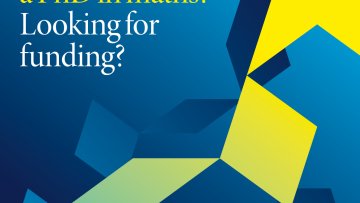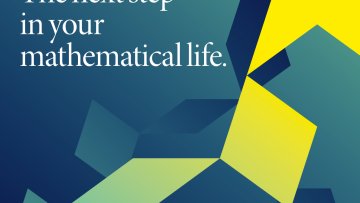The fourth QBIOX Colloquium will take place in the Mathematical Institute on Friday 10th November (5th week) and feature talks from Professor Paul Riley (Department of Pathology, Anatomy and Genetics / BHF Oxbridge Centre for Regenerative Medicine, https://www.dpag.ox.ac.uk/research/riley-group) and Professor Eleanor Stride (Institute of Biomedical Engineering, http://www.ibme.ox.ac.uk/research/non-invasive-therapy-drug-delivery/pe…).
1600-1645 - Paul Riley, "Enroute to mending broken hearts".
1645-1730 - Eleanor Stride, "Reducing tissue hypoxia for cancer therapy".
1730-1800 - Networking and refreshments.
We very much hope to see you there. As ever, tickets are not necessary, but registering to attend will help us with numbers for catering.
Please see the following link for further details and a link to register.
https://www.eventbrite.co.uk/e/qbiox-colloquium-michelmas-term-2017-tic…
Abstracts
Paul Riley - "En route to mending broken hearts".
We adopt the paradigm of understanding how the heart develops during pregnancy as a first principal to inform on adult heart repair and regeneration. Our target for cell-based repair is the epicardium and epicardium-derived cells (EPDCs) which line the outside of the forming heart and contribute vascular endothelial and smooth muscle cells to the coronary vasculature, interstitial fibroblasts and cardiomyocytes. The epicardium can also act as a source of signals to condition the growth of the underlying embryonic heart muscle. In the adult heart, whilst the epicardium is retained, it is effectively quiescent. We have sought to extrapolate the developmental potential of the epicardium to the adult heart following injury by stimulating dormant epicardial cells to give rise to new muscle and vasculature. In parallel, we seek to modulate the local environment into which the new cells emerge: a cytotoxic mixture of inflammation and fibrosis which prevents cell engraftment and integration with survived heart tissue. To this end we manipulate the lymphatic vessels in the heart given that, elsewhere in the body, the lymphatics survey the immune system and modulate inflammation at peripheral injury sites. We recently described the development of the cardiac lymphatic vasculature and revealed in the adult heart that they undergo increased vessel sprouting (lymphangiogenesis) in response to injury, to improve function, remodelling and fibrosis. We are currently investigating whether increased lymphangiogenesis functions to clear immune cells and constrain the reparative response for optimal healing.
Eleanor Stride - "Reducing tissue hypoxia for cancer therapy"
Hypoxia, i.e. a reduction in dissolved oxygen concentration below physiologically normal levels, has been identified as playing a critical role in the progression of many types of disease and as a key determinant of the success of cancer treatment. It poses a particular challenge for treatments such as radiotherapy, photodynamic and sonodynamic therapy which rely on the production of reactive oxygen species. Strategies for treating hypoxia have included the development of hypoxia-selective drugs as well as methods for directly increasing blood oxygenation, e.g. hyperbaric oxygen therapy, pure oxygen or carbogen breathing, ozone therapy, hydrogen peroxide injections and administration of suspensions of oxygen carrier liquids. To date, however, these approaches have delivered limited success either due to lack of proven efficacy and/or unwanted side effects. Gas microbubbles, stabilised by a biocompatible shell have been used as ultrasound contrast agents for several decades and have also been widely investigated as a means of promoting drug delivery. This talk will present our recent research on the use of micro and nanobubbles to deliver both drug molecules and oxygen simultaneously to a tumour to facilitate treatment.



